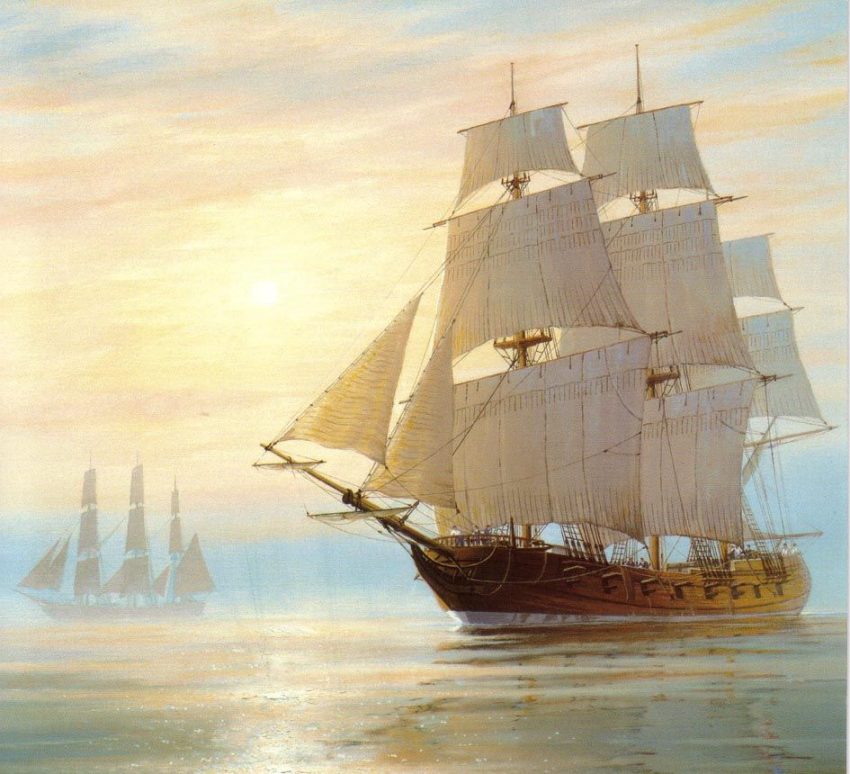Historical sailing ships have long captured the imaginations of people around the world. These majestic vessels played a vital role in shaping our history and exploring the vast oceans. Let’s delve into the fascinating world of these iconic ships and uncover their secrets.
The Legacy of Historical Sailing Ships
Key Characteristics:
- Rigging: Historical sailing ships were equipped with intricate rigging systems that enabled them to catch the wind effectively.
- Hull: The hulls of these ships were typically made from wood and varied in size depending on the type of vessel.
- Sails: Sails were essential for propelling the ship forward and were adjusted according to the wind direction.
Famous Historical Sailing Ships:
Do you know which historical sailing ships left a lasting impact on maritime history?
- Mayflower: Known for transporting the Pilgrims to the New World in 1620.
- Santa Maria: Christopher Columbus’s flagship during his voyage to the Americas in 1492.
- USS Constitution: A famous warship known for its victories in the War of 1812.
Read more about historical sailing ship here.
FAQs About Historical Sailing Ships
Q: What was life like on board a historical sailing ship?
A: Life on board a sailing ship was often challenging, with cramped living quarters and limited provisions. Crew members had to work long hours and navigate treacherous waters.
Q: How were historical sailing ships powered?
A: Historical sailing ships relied on wind power to propel them forward. The crew would adjust the sails to catch the wind and steer the ship in the desired direction.
Uncover the Beauty of Historical Sailing Ships
Exploring the history and craftsmanship of historical sailing ships is a journey back in time. These magnificent vessels have left an indelible mark on our maritime heritage and continue to inspire awe and admiration.

